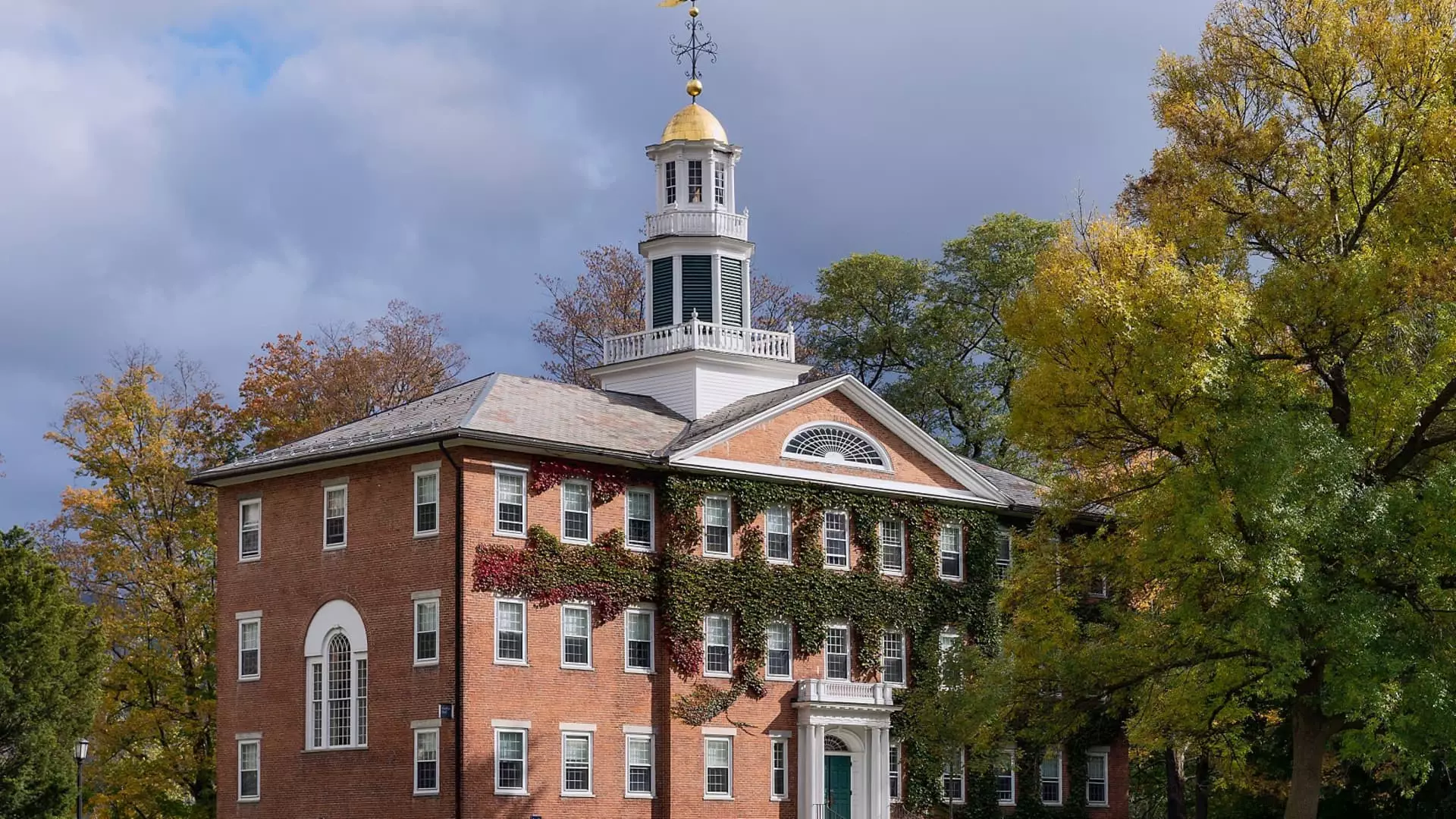In a world where education is touted as the key to success, the spiraling costs associated with higher education seem to be nothing short of a cruel paradox. With college tuition rates soaring at an average annual increase of 5.6% since 1983, the so-called American Dream appears to have morphed into a financial nightmare for many students and their families. According to a recent analysis by J.P. Morgan Asset Management, the financial landscape is growing ever bleaker, as households grapple with rising costs that far outstrip their ability to pay. The average four-year private college now sits at a staggering $58,600 per year, a figure that evokes a gasp of disbelief.
What’s particularly disheartening is the stark contrast between the value of a college education and its cost. Financial burdens loom large, with recent budget proposals from the Trump administration advocating for a reduction in federal financial aid. This is especially troubling in our current age, where educational institutions are already struggling to keep up with inflationary demands. Such attempts to cut crucial financial support for students are akin to tossing them into a shark-infested ocean with no life raft in sight.
Shifting the Burden to Families
As the government pulls back on support, colleges are left with two choices: either absorb the rising costs or pass them on to students. While the latter has become the unfortunate norm, some institutions attempt to soften the blow by enhancing financial aid packages. Yet, these “substantial” aids can often seem more like a band-aid on a gaping wound. The narrative that families should focus exclusively on what they pay after scholarships and grants is misleading. For many, the “aid” they receive feels insufficient in the face of exorbitant sticker prices—averaging $90,000 at some elite colleges.
While schools may market their financial aid packages as generous, the reality for countless families is that they still face staggering out-of-pocket expenses. It’s a misleading calculus, ultimately skewing perceptions around affordability and accessibility. The term “grants are the magic word” is catchy, but it overlooks a crucial truth: the magic often stops at the application phase, where not all qualified individuals will receive these coveted funds.
The Impact of Economic Proposals
What’s particularly alarming is how proposed budget cuts are rendered in stark terms of survival versus stagnation. As higher education becomes more costly and financial aid dwindles, the very core of our educational framework faces disruption. The proposed scaling back of the Pell Grant, reducing yearly awards from $7,395 to just $5,710, sends a clear message: education is no longer a right but a luxury. There exists a grotesque irony in the fact that our leaders are simultaneously pursuing tax cuts while dismissing students’ plight, placing the dreams of many young individuals squarely in the hands of wealthy corporations.
This heartless strategy amplifies a disturbing reality—student loans become the only option left for many, driving unrelenting debt further into the hands of those striving for a better future. How can we stand by and let this happen? The establishment of a higher education system that prioritizes profit over people challenges the very ethical underpinnings of a supposedly democratic society.
The Realities of Choice
Students today are faced with choices that should be empowering, yet reveal a darker side: the sobering realization that their aspirations are subject to an unforgiving financial system. As families weigh their education options, the irony is impossible to ignore: in a society that champions equality, education is being positioned as a privilege reserved for the affluent.
The Princeton Review’s rankings of universities based on financial aid efficacy only scratch the surface of a much deeper problem. While institutions may flaunt their high scholarship rates, the pain students feel in covering their outstanding balances cannot be underestimated. Is this truly the foundation of an equitable society? When evaluating colleges, the price tag can no longer be viewed as just a number; it is a relentless reminder of systemic failures that further entrench social inequalities.
It is long past time to scrutinize the relationship between education and economics. Instead of slashing financial aid, we should be advocating for sustainable, equitable funding models that recognize and safeguard the intrinsic value of an educated populace. In doing so, we reaffirm education as a fundamental right rather than a harsh privilege limited to those who can afford steep tuition fees.

